Chemical Analysis Services
Gain invaluable insights into the chemical composition, content, and quality of your materials with Element's comprehensive chemical analysis services. With global laboratories and advanced techniques for personalized testing and reporting, we provide you with peace of mind and confidence in the integrity of your materials.
Why Element are global leaders in chemical analysis ?
Chemical analysis is the investigation of substances and materials to understand their composition and properties. It involves advanced techniques to identify and quantify individual chemical components within a sample. This provides essential data for scientific research, quality control, and making sure you align with regulations.
At Element, we’ll help you choose the right methods tailored to your unique needs, ensuring precise, reliable results.
Whether it's budget constraints or project timelines, we've got you covered with tailored solutions. Expect precise results without unnecessary delays or costs. Whether your goal is to verify a material certification or to obtain a detailed breakdown of an unknown material, our global chemical analysis labs are here to guide you.
Our chemical analysis services cover a range of material types, from traditional metals and alloys to new polymers and composites. In addition to standardized procedures, our laboratories can set up custom or complex test plans tailored to a range of industries.
Swift and accurate identification of unexpected residues or substances is vital for correcting underlying issues and preserving product integrity. We have the expertise to help you pick the right method, tailored to your unique needs, and ensure you're on the right track for regulatory and safety compliance.
Services
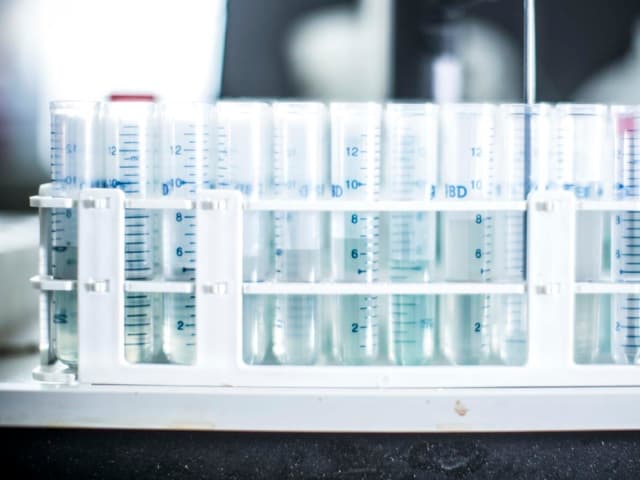
Atomic Absorption (AA) Spectroscopy Laboratories
Accredited labs providing atomic absorption spectroscopy for precise trace element analysis. Available globally with expert support tailored to your material testing needs.
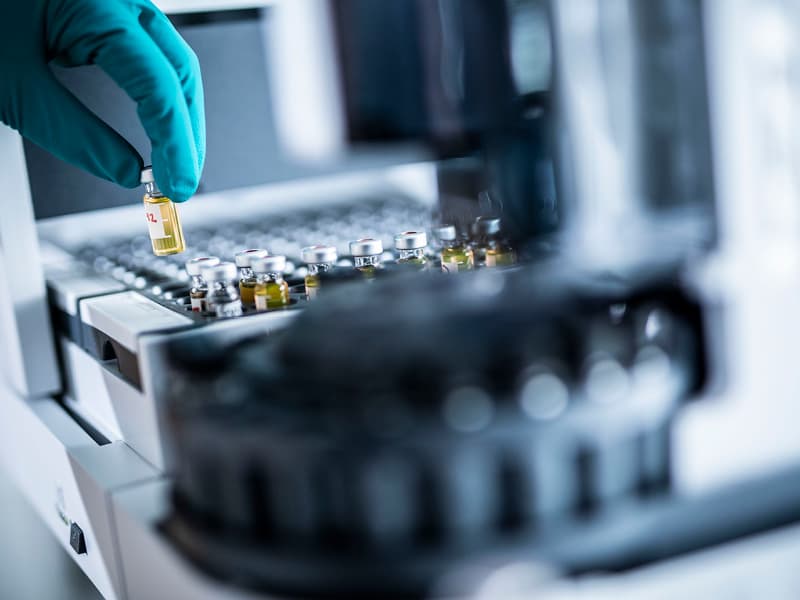
GC/MS Analysis Services
Element's GC/MS analysis offers tailored testing solutions with ISO 17025 accreditation, helping you achieve precise data insights and meet complex regulatory challenges.
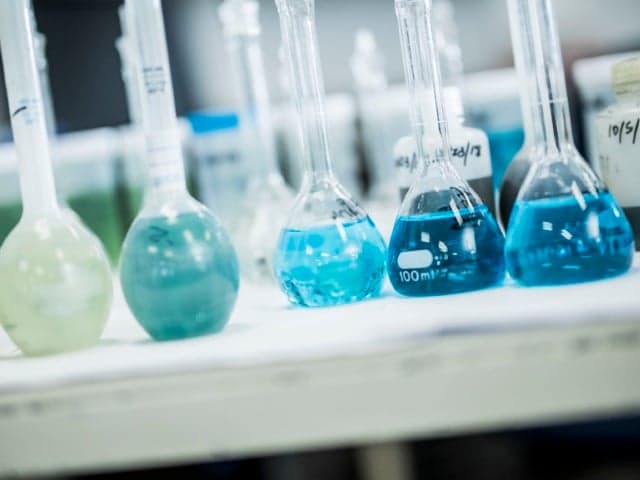
ICP Analysis Services
Element's ICP analysis services deliver precise, reliable results for trace element detection across industries. Advanced ICP-MS, ICP-OES, and ICP-AES testing solutions tailored to your needs. Leatn More.
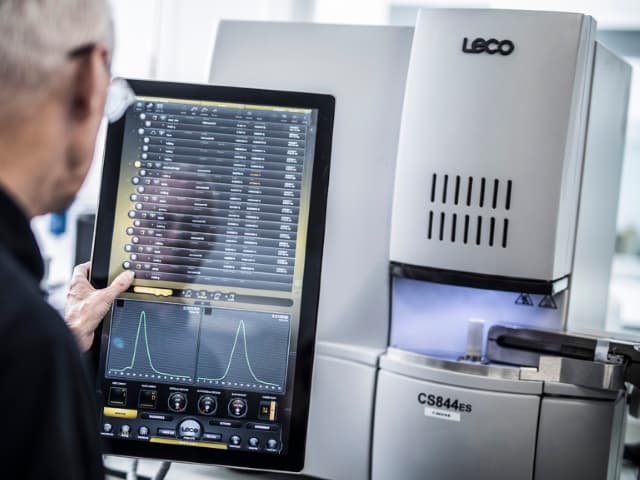
LECO Analysis
LECO analysis provides precise elemental testing for metals, detecting carbon, hydrogen, nitrogen, oxygen, and sulfur. Trusted by manufacturers to verify material composition and maintain quality across production stages.
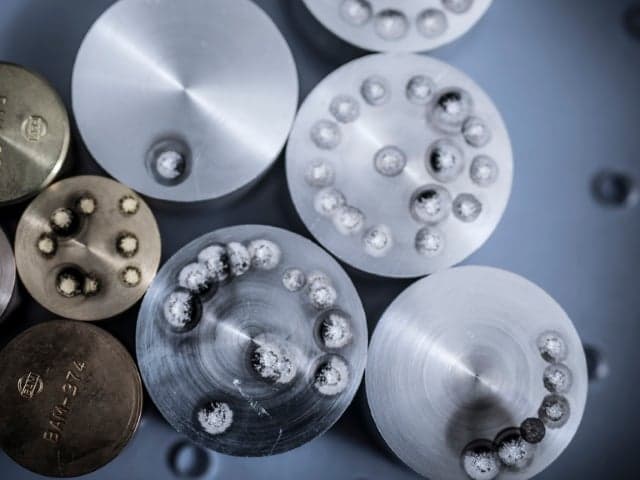
Optical Emission Spectroscopy (OES) Analysis
Element's Optical Emission Spectroscopy (OES) analysis delivers precise metal composition testing in-lab or on-site. Get fast, accurate results for alloy verification and quality control with expert support.

X-Ray Fluorescence (XRF) Testing Services
Element provides X-Ray Fluorescence (XRF) testing, available on-site or in the lab, for quick and precise chemical composition analysis of solids, liquids, and powders.
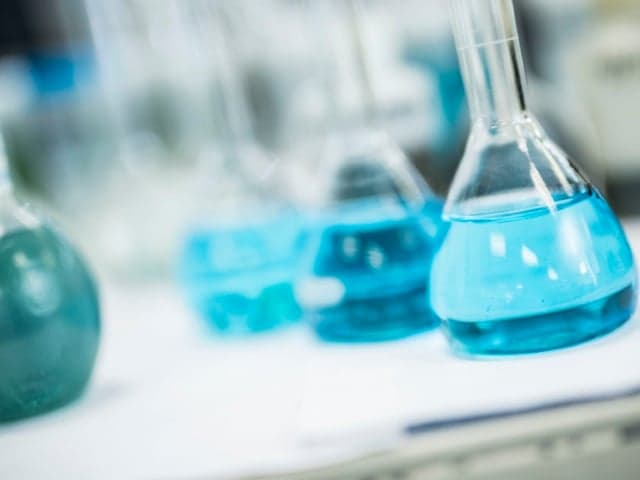
FTIR Analysis
FTIR analysis offers efficient chemical testing to identify unknown substances, polymers, and contaminants. Element provides expert insights and advanced techniques to address complex material challenges.
Your Challenges, Our Solutions
Material verification
Material identification
Chemical composition testing
Standards we test to and materials we test
American Society for Testing and Materials
Chemical analysis services
- ASTM A751 - Standard Test Methods and Practices for Chemical Analysis of Steel Products
- ASTM C114 - Standard Test Methods for Chemical Analysis of Hydraulic Cement
- ASTM D1394 - Standard Test Methods for Chemical Analysis of White Titanium Pigments
- ASTM D297 - Standard Test Methods of Rubber Products for Chemical Analysis
Spark-OES
- ASTM E29 - Standard Practice for Using Significant Digits in Test Data to Determine Conformance with Specifications
- ASTM E1806 - Standard Practice for Sampling Steel and Iron for Determination of Chemical Composition
- ASTM E415 - Standard Test Method for Analysis of Carbon and Low-Alloy Steel by Spark Atomic Emission Spectrometry
- ASTM E1086 - Standard Test Method for Analysis of Austenitic Stainless Steel by Spark Atomic Emission Spectrometry
- ASTM E3047 - Standard Test Method for Analysis of Nickel Alloys by Spark Atomic Emission Spectrometry
ICP-MS
- ASTM E29 - Standard Practice for Using Significant Digits in Test Data to Determine Conformance with Specifications
- ASTM E2823 - Standard Test Method for Analysis of Nickel Alloys by Inductively Coupled Plasma Mass Spectrometry (Performance-Based)
Combustion and Fusion
- ASTM E29 - Standard Practice for Using Significant Digits in Test Data to Determine Conformance with Specifications
- ASTM E1409 - Standard Test Method for Determination of Oxygen and Nitrogen in Titanium and Titanium Alloys by Inert Gas Fusion
- ASTM E1447 - Standard Test Method for Determination of Hydrogen in Reactive Metals and Reactive Metal Alloys by Inert Gas Fusion with Detection by Thermal Conductivity or Infrared Spectrometry
- ASTM E1941 - Standard Test Method for Determination of Carbon in Refractory and Reactive Metals and Their Alloys by Combustion Analysis
- ASTM E1019 - Standard Test Methods for Determination of Carbon, Sulfur, Nitrogen, and Oxygen in Steel, Iron, Nickel, and Cobalt Alloys by Various Combustion and Inert Gas Fusion Techniques
ICP-OES / ICP-AES
- ASTM E29 - Standard Practice for Using Significant Digits in Test Data to Determine Conformance with Specifications
- ASTM E1479 - Standard Practice for Describing and Specifying Inductively Coupled Plasma Atomic Emission Spectrometer
- ASTM E2371 - Standard Test Method for Analysis of Titanium and Titanium Alloys by Direct Current Plasma and Inductively Coupled Plasma Atomic Emission Spectrometry (Performance-Based Test Methodology)
- ASTM E3061 - Standard Test Method for Analysis of Aluminum and Aluminum Alloys by Inductively Coupled Plasma Atomic Emission Spectrometry (Performance Based Method)
- ASTM E2594 - Standard Test Method for Analysis of Nickel Alloys by Inductively Coupled Plasma Atomic Emission Spectrometry (Performance-Based)
- ASTM D1976 - Standard Test Method for Elements in Water by Inductively Coupled Plasma Atomic Emission Spectroscopy
- ASTM D5185 - Standard Test Method for Multielement Determination of Used and Unused Lubricating Oils and Base Oils by Inductively Coupled Plasma Atomic Emission Spectrometry
XRF / XRS
- ASTM E29 - Standard Practice for Using Significant Digits in Test Data to Determine Conformance with Specifications
- ASTM E1172 - Standard Practice for Describing and Specifying a Wavelength-Dispersive X-Ray Spectrometer
- ASTM E1621 - Standard Guide for Elemental Analysis by Wavelength Dispersive X-Ray Fluorescence Spectrometry
- ASTM E1361 - Standard Guide for Correction of Interelement Effects in X-Ray Spectrometric Analysis
- ASTM E2465 - Standard Test Method for Analysis of Ni-Base Alloys by Wavelength Dispersive X-Ray Fluorescence Spectrometry
- ASTM E539 - Standard Test Method for Analysis of Titanium Alloys by Wavelength Dispersive X-Ray Fluorescence Spectrometry
- ASTM E1329 - Standard Practice for Verification and Use of Control Charts in Spectrochemical Analysis
- ASTM E572 - Standard Test Method for Analysis of Stainless and Alloy Steels by Wavelength Dispersive X-Ray Fluorescence Spectrometry
- ASTM D4294 - Standard Test Method for Sulfur in Petroleum and Petroleum Products by Energy Dispersive X-ray Fluorescence Spectrometry
- ASTM D7751 - Standard Test Method for Determination of Additive Elements in Lubricating Oils by EDXRF Analysis
British Standards Institute
- BS EN 196, BS EN 196-2
European standards
- EN 14242, EN 27627, EN ISO 13032
USP Reference Standards
- USP 381
NADCAP
- F2, F3, G1, G2, G3, G4, G5, S
Indian Standards (IS)
- IS 3025
- Cement
- Concrete
- Elastomers
- Environmental samples
- Fuels
- Furniture
- Glass
- Ground granulated blast furnace slag
- Liquids
- Metals
- Pharmaceuticals
- Rubbers
- Silica Fume
Why Choose Element

Global laboratory network
Industry-specific expertise
Comprehensive testing methods
Customized testing solutions
But don't just take our word for it
Find out what others say about partnering with Element
Chemical Analysis Methods
Our chemical analysis services cover a range of material types, from traditional metals and alloys to new polymers and composites. In addition to standardized procedures, our laboratories can set up custom or complex test plans.
With deep experience across a range of industries including Aerospace, Energy, Environmental, Mining, Pharmaceutical, Construction, Manufacturing, and many more, we’re equipped to meet your unique needs.
Our comprehensive services include, but are not limited to:
- Atomic Absorption (AA) / Graphite Furnace Atomic Absorption (GFAA)
- Combustion Analysis
- Density and Specific Gravity
- Dimensional Stability
- Direct Current Plasma (DCP)
- Glow Discharge Spectrometry (GDS)
- Gravimetric Wet Chemistry
- Ignition Loss
- Moisture Content
- Recovery Time
- Water Vapor Transmission
Chemical analysis methods we employ include, but are not limited to, the following:
- Brunauer-Emmett-Teller (BET) analysis
- Barrett-Joyner-Halenda (BJH) analysis
- Carbon and Nitrogen Analysis using DUMAS combustion principle
- Pyrolysis-Gas Chromatography (Py-GC)
- Ion chromatography (IC)
- Combustion catalytic oxidation/ NDIR
Clear insights for confident next steps
Our reports are easily understood, providing transparent and comprehensive insights. This clarity is key to helping you make well-informed decisions. Additional advanced analysis by trained experts can be requested, improving your understanding of the results you receive.

